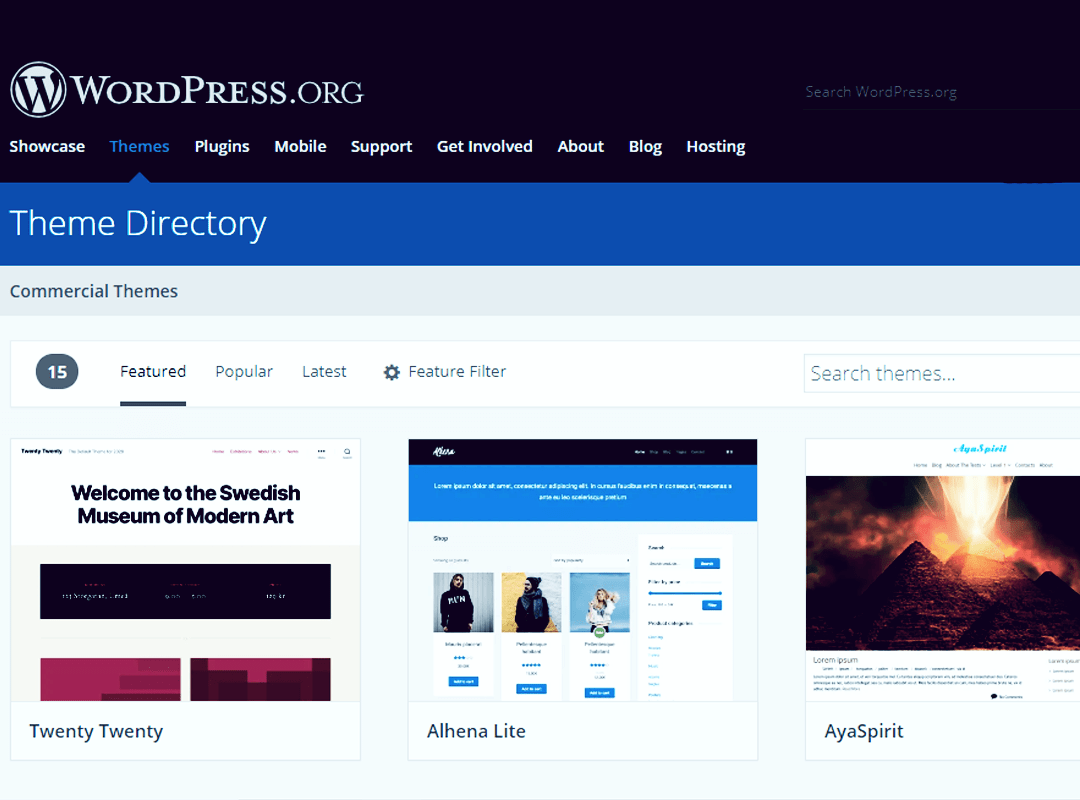Design is a plan that is involved in constructing any idea or product. The person who brainstorms the plan is called a designer. The process of creating a design can be a tedious task for any designer, especially for beginners. Thus, we try to lay out a brief process of designing and the steps involved to make it easy for every designer to start with their process of designing.
The designing process involves several stages between the beginning and the final outcome. One can’t just randomly think a trend-setting idea and come up with its applications in this digital marketing era the very next day. The whole work needs a design thinking process to strategize the steps of a designing methodology. Though there are a number of designing methodologies, this blog will present you with a detailed design thinking process for designers and the steps it follows.
1. Empathize
The first mode of this design methodology for professional designing deals with human empathies. You need to understand the nature of the particular audience that you want to target. It is important to understand their likes, dislikes, habits, mindset, etc. which can affect their views for your design. You have to engage yourself with short intercept encounters with people. For example: Interviewing or interacting with a small group of your target audience will help you to understand the users’ emotions which guide their behaviors. In addition to that, you will need to create a personal experience space for yourself too. You will have to immerse into the experiences which your users are having to understand their perspective in a better way. These are some of the best steps to generate ideas for commercial designing.
2. Define
The define mode of this design methodology for professional designing deals with defining the data aggregated from the first mode. All the intel you gathered from the above mode, it’s time to focus upon them. You need to process and synthesize the findings into compelling insights and scope for a specific design idea. For that, you will need to develop a deep understanding of the audience and your design space and then come up with your point of view of this intel. Your point of view will then help you to craft a specific and a compelling design brief. To know what are the top 5 design elements that every professional designer should focus on, read our blog: TOP 5 DESIGN ELEMENTS PROFESSIONAL DESIGNERS SHOULD FOCUS ON.
3. Ideate
The third step of design thinking process for designers involves with brainstorming of ideas. It aims to generate comprehensive design options. You will need to explore the wide ideation space you created from all the insights of the define mode. By wide ideation space, we meant both- a large quantity of ideas and variations in those ideas. After the big bloom of ideas, it is necessary to evaluate them too. You can use techniques like Why-How laddering, 2×2 Matrix, Powers of Ten, etc. for boosting up your steps to generate ideas for commercial designing and make the best use of all the design thinking tools. From this vast room of ideas, you can proceed to next mode of building prototypes. To know how to transform your creativity into productivity, read our blog: DESIGN THINKING TOOLS- TRANSFORMING CREATIVITY INTO PRODUCTIVITY.
4. Prototype
The Prototype mode deals with getting ideas and explorations out of your imagination and into the real, physical world. The fourth mode of this design methodology for professional designing involves prototyping anything that could be useful for testing after taking a physical form, be it an object, user-interface, role-playing, etc. Build your design in a rough form. It will help you to learn and investigate quickly with a lot of different possibilities. User-driven prototyping is recommended the most as it enables the user to engage with your prototype.
Meanwhile, you will have to try and understand his/ her empathetic views. Gain insights on user feedback about your prototype by observing their reactions and by talking to them about their experience. It will help you to brainstorm new steps to generate ideas for commercial designing for the final product of your design. Also read about the deep dive designing method, in our blog: DEEP DIVE DESIGNING METHOD- THE IDEAL PROCESS FOR PROFESSIONAL DESIGNING.
5. Test
The final step of a designing methodology is all about the iteration of several processes on your final product. It gives you a chance to take a note on feedbacks on your design, ideas and the prototype. It helps you find the hidden mistakes and fallacies within your design or your final outcome. Try to overcome them and make your final product flawless.
This was the in-depth description of the design thinking process for designers and all of its modes. Use it to create better designs and outputs. Also, we have mentioned in our previous blog, about many other design thinking methods. Read our blog: ‘10 Designing Methodologies for Creative Conceptualization of Ideas’ to understand more about different designing methodologies.











